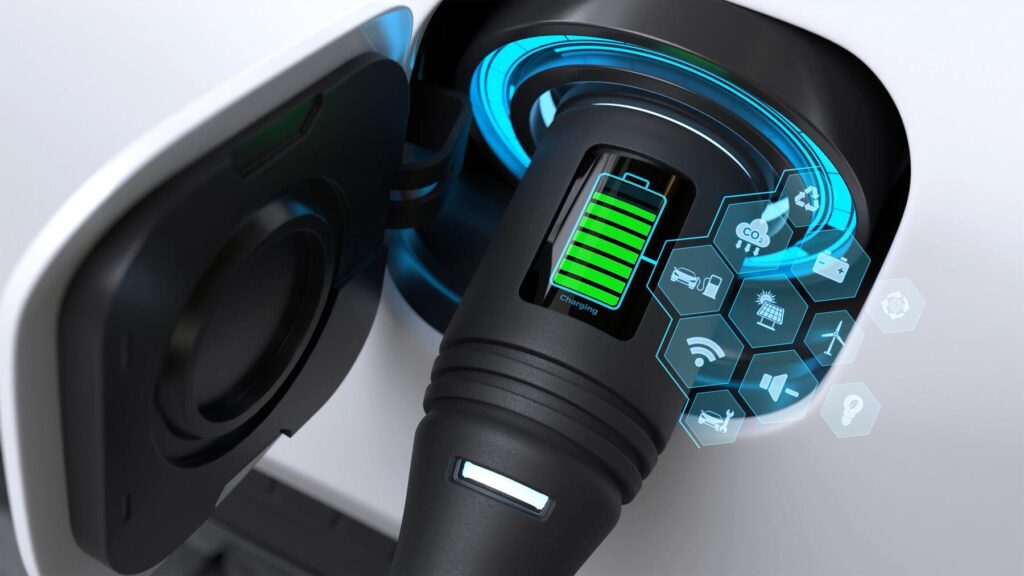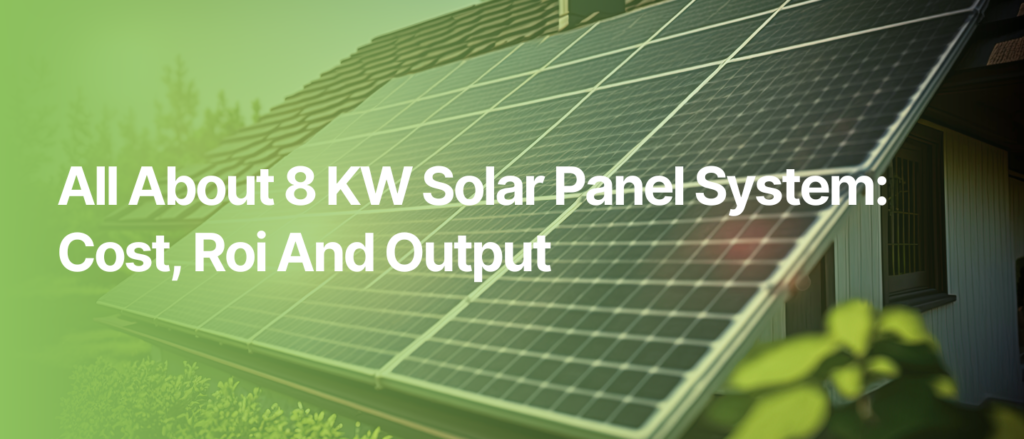solis inverter vs fronius

Solis Inverter vs Fronius – Which One Should You Choose in Australia?
As the demand for solar energy continues to grow in Australia, choosing the right inverter is crucial to ensure your solar system operates efficiently and effectively. Among the many options available, two brands stand out in the Solis inverter vs Fronius debate. These two brands offer distinct advantages, making them suitable for different needs and preferences.
In this comprehensive guide, we will break down the key differences between Solis inverters and Fronius inverters, helping you understand the strengths and weaknesses of each. We’ll explore everything from efficiency and performance to price and warranty, providing you with a detailed inverter comparison Australia. By the end of this article, you’ll be well-equipped to decide which inverter best suits your solar energy needs.
Understanding the Basics: What is a Solar Inverter?
Before diving deep into the Solis inverter vs Fronius comparison, it’s essential to understand the role of a solar inverter in your system. The inverter is a key component of any solar power system. It converts the direct current (DC) electricity produced by your solar panels into alternating current (AC), which is what powers your home or business.
Inverters also play a crucial role in maximizing the energy generated by your solar panels. Their efficiency, durability, and compatibility with your solar setup can impact how much of the energy generated is usable, ultimately influencing the return on your investment. For homeowners and businesses looking to harness solar power effectively, selecting the right inverter is a key decision.
Brand Overview
Solis Inverters
Solis Reviews:
Solis is a Chinese brand that has gained a strong reputation in the Australian solar market due to its affordability and dependability. Known for providing budget-friendly options, Solis inverters are ideal for residential setups that require a simple yet effective solar solution. Many Solis reviews highlight its ease of use, reliability, and energy efficiency.
The company’s inverters are equipped with hybrid capabilities, making them suitable for energy storage systems. They are commonly chosen by homeowners who are looking for a cost-effective way to power their homes with solar energy. While they might not have the advanced features of higher-end models, Solis offers great value for money.
Fronius Inverters
Fronius Pros and Cons:
Fronius, an Austrian brand, is synonymous with high-end solar technology. While Fronius inverters come with a premium price tag, they offer an extensive range of advanced features that make them highly efficient and reliable. Many users consider Fronius a top choice for larger installations or commercial applications due to its advanced monitoring capabilities, dynamic peak manager, and exceptional performance.
When reviewing the Fronius pros and cons, it’s clear that the brand excels in offering outstanding efficiency and durability. The downside, however, is the higher upfront cost. For some, the price may be a barrier, but those looking for a long-term investment may find the Fronius inverter more than worth the cost.
Key Feature Comparison: Solis vs Fronius
To make an informed choice between Solis inverter vs Fronius, let’s dive into a direct feature comparison:
Feature | Solis | Fronius |
Efficiency | Up to 98.7% | ~98.5% + Smart Optimization Tech |
Monitoring Capabilities | Basic Wi-Fi monitoring | Advanced Solar.web Portal |
Durability & Warranty | 5-year standard, 10-year optional | 10-year standard or extended options |
Price | Affordable, budget-friendly | Higher upfront cost, premium value |
Efficiency & Performance
- Solis: Known for a solid efficiency rate of up to 98.7%, Solis inverters are designed to deliver reliable performance while keeping costs low. They are a great choice for homeowners who want a no-frills, effective solution.
- Fronius: Fronius inverters offer slightly lower efficiency at 98.5%, but they come with smart optimization technology, which maximizes energy production in various environmental conditions, ensuring your system runs optimally even in cloudy or shaded areas.
Monitoring Capabilities
- Solis: Solis inverters offer basic Wi-Fi monitoring, which allows users to check their system’s performance via a mobile app. While functional, the monitoring is relatively straightforward, focusing more on essential metrics.
- Fronius: Fronius offers a more advanced solution with the Solar.web portal, which provides detailed monitoring and control options. This system allows you to track the performance of multiple inverters, offering more comprehensive insights into your energy production.
Durability & Warranty
- Solis: Solis offers a 5-year standard warranty for its inverters, with the option to extend this to 10 years. While this provides adequate coverage, it’s shorter compared to some of its competitors.
- Fronius: In contrast, Fronius provides a 10-year standard warranty, with the option to extend this further. This longer warranty period provides peace of mind and is particularly valuable for homeowners and businesses looking for a long-term investment.
Price & Value
- Solis: If you’re on a tight budget, Solis offers affordable inverters without compromising on performance. These inverters are ideal for small to medium-sized residential setups.
- Fronius: Fronius inverters come at a premium price, but they offer exceptional value in terms of performance, efficiency, and long-term durability, making them a better fit for large-scale installations or commercial projects.
Best Use Cases for Each Inverter
Solis: Ideal for Budget-Conscious Homeowners
If you’re a homeowner looking for an affordable solar solution, Solis is the ideal choice. These inverters are perfect for small to medium-sized systems, providing great value without the need for advanced features.
Fronius: Best for Long-Term Performance & Commercial Applications
For businesses or homeowners who want to invest in a system that offers long-term performance, Fronius is a premium option. It’s especially suitable for commercial applications or large residential systems that need advanced features and long-term reliability.
Expert Take: Real-World Feedback from Users
Solis Reviews:
Users often praise Solis for being affordable, with many describing it as great value for money. However, some users note that the software and monitoring capabilities could be more advanced compared to higher-end brands.
Fronius Reviews:
Fronius is consistently rated highly for its premium performance and advanced monitoring options. Users appreciate the excellent customer support provided by the brand, though the higher initial cost can be a downside for budget-conscious buyers.
Inverter Comparison Australia – What You Should Consider
When making an inverter comparison in Australia, consider factors like climate compatibility, support availability, grid compatibility, and the warranty offered by the manufacturer. Both Solis and Fronius are designed to handle Australia’s climate, but you may want to opt for the more robust Fronius inverter if you’re located in a region with extreme weather conditions.
Why Choose Esteem Energy for Your Inverter Installation?
At Esteem Energy, we provide expert installation for both Solis and Fronius inverters. As CEC-certified installers, we ensure that your solar system operates at peak efficiency. Our customers benefit from:
- 25-year panel warranties
- 10-year workmanship warranties
- Local expertise and excellent customer service
Let us help you choose the best solar solution for your needs. As we always say, “The right decision at the right time can save you lots of money!”
Ready to power your home with the best inverter solution? Get a free quote from Esteem Energy today and make the most of Australia’s solar potential.
Frequently Asked Questions
The choice between Solis and Fronius depends on your needs. If you’re looking for an affordable solution with solid performance, Solis is a great choice. However, if you need advanced features and long-term durability, Fronius may be the better option.
Yes, Fronius inverters come with a higher upfront cost, but their efficiency, advanced monitoring, and long-term durability make them a worthwhile investment, especially for large systems.
Some Solis users report issues with the basic software and monitoring capabilities, although the inverter’s performance and reliability are generally praised.
Solis offers a 5-year standard warranty, with an option to extend it to 10 years for additional peace of mind.
Yes, Solis inverters come with basic Wi-Fi monitoring, allowing you to track performance remotely via a mobile app or computer.
Fronius offers advanced features, including a Solar.web portal, better monitoring capabilities, and a longer warranty, making it a more premium option compared to Solis.
While Solis inverters are great for residential setups, Fronius is generally better suited for larger commercial applications due to its advanced technology and scalability.
The higher cost of Fronius inverters is due to their premium technology, advanced monitoring features, and longer warranty periods, which provide greater value over time.
Harry is a passionate writer specializing in renewable energy and sustainability. With a deep understanding of solar installation, maintenance, custom system design, and advanced battery storage, he brings technical expertise to his writing, making complex energy concepts accessible to businesses and homeowners alike.
Having covered numerous residential and commercial solar projects, Harry educates and empowers his readers to optimize energy efficiency and transition to clean energy solutions. As a key voice in the industry and a leader at Esteem Energy, he is committed to delivering insightful content that promotes innovation, cost-effective solutions, and a greener future.








